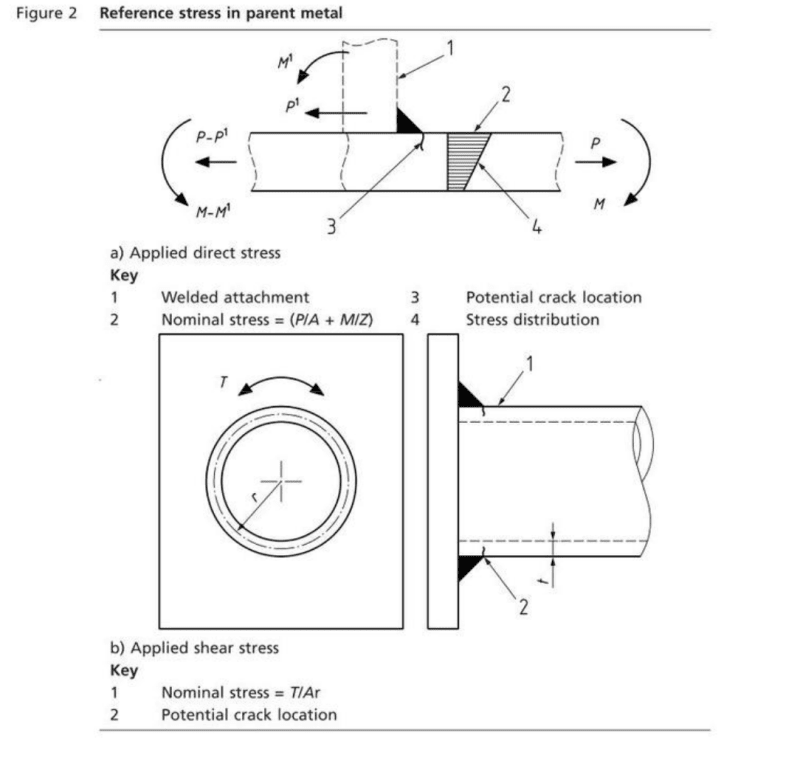Hi everyone,
I am conducting a simulation to calculate stress in order to estimate fatigue of a 3D structure.
In Bs code standard I used, they use nominal stress or hot spot principle stress to calculate stress range and then use it to s-n curve, however, as far as I know, FEM cannot calculate nominal stress (tensor stress, principle stress, .. are ok).
Is that right?
The second question is whether the hot spot principle stress relates to principle stress ?.
I am a very new guy in FEM, thank you so much.
I am conducting a simulation to calculate stress in order to estimate fatigue of a 3D structure.
In Bs code standard I used, they use nominal stress or hot spot principle stress to calculate stress range and then use it to s-n curve, however, as far as I know, FEM cannot calculate nominal stress (tensor stress, principle stress, .. are ok).
Is that right?
The second question is whether the hot spot principle stress relates to principle stress ?.
I am a very new guy in FEM, thank you so much.


![[smile] [smile] [smile]](/data/assets/smilies/smile.gif) .
.